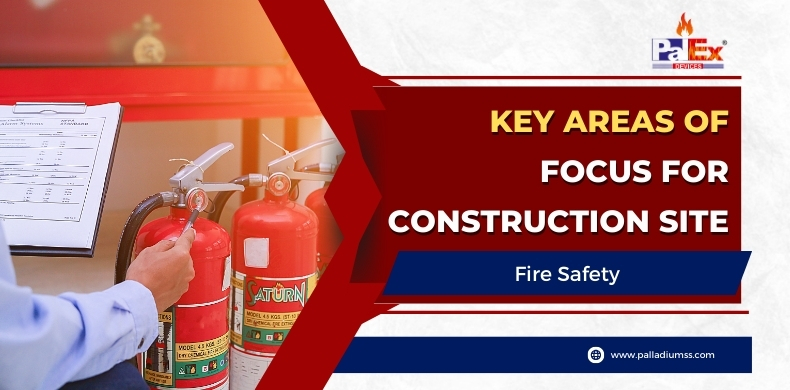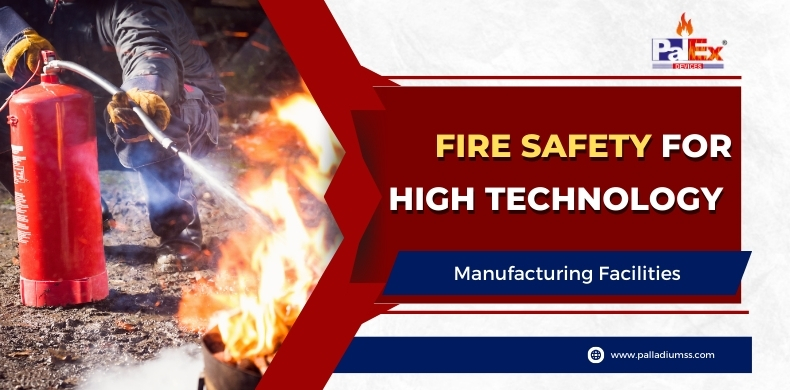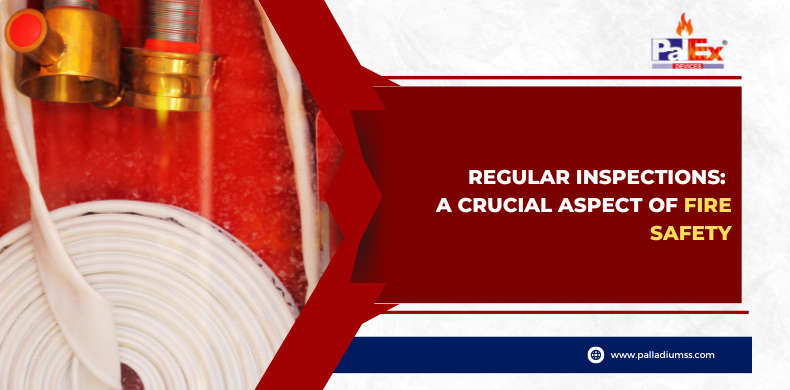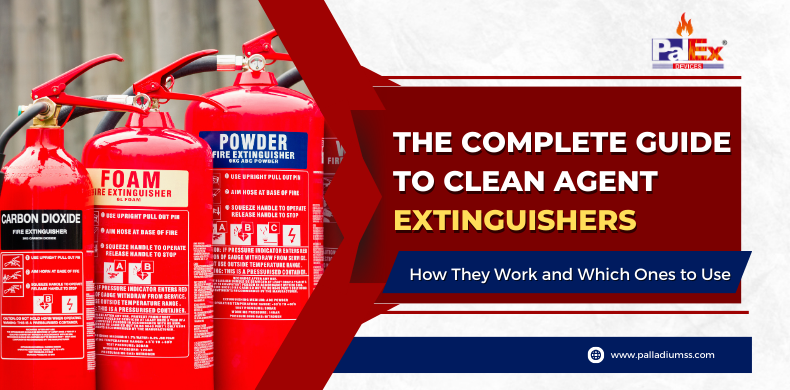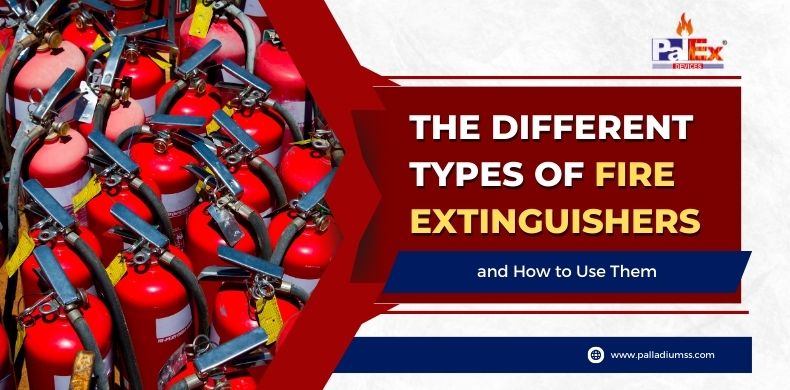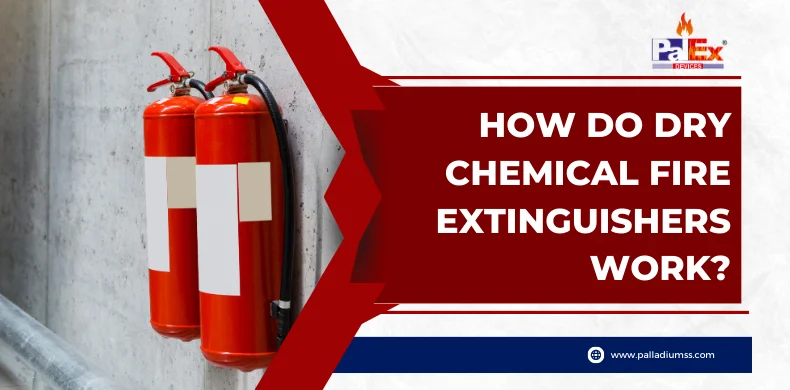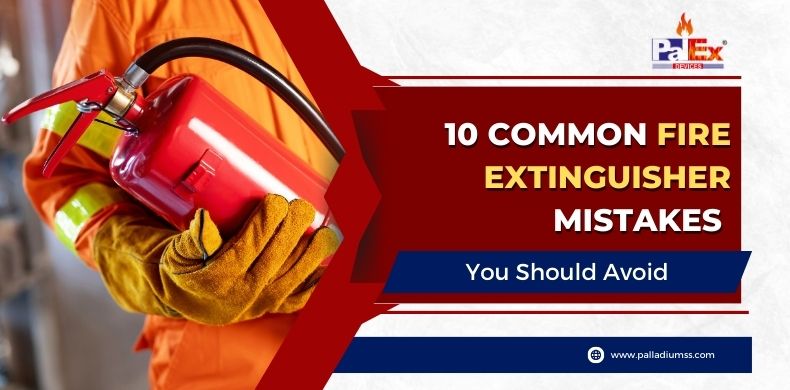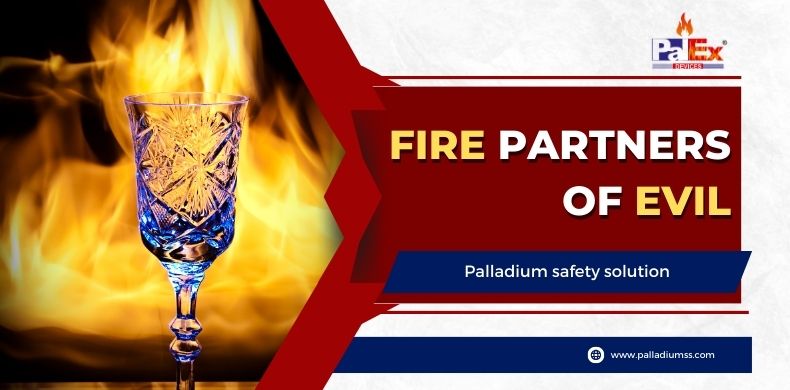Construction sites are always active places, and fire danger is a constant reality. The mix of materials that can burn easily, electrical devices, and ongoing work activities make construction sites a perfect environment for possible fire dangers. This blog post looks at important areas to consider in terms of safety from fires on construction sites. It gives advice that is more than just general tips.
If we take care of these important parts, we can greatly decrease the danger of fire incidents and make sure that workers, equipment and nearby communities are safe.
The Hidden Danger: Temporary Electrical Installations
Temporary electrical installations, even though they are needed for construction work, can become a serious fire threat if not handled correctly. Circuits which carry too much load, insulation that is damaged and connections made wrongly are some of the common causes for electrical fires in such setups. It is very important to do frequent check-ups and take care of maintenance tasks on temporary electricity systems. Making sure that circuits have correct size and protection from overload or damage should be given attention too.
Equipment that can resist weather and impacts is a good choice for handling the difficult conditions usually present in construction areas. Having a system of lock-out/tag-out for electrical work and providing workers with training on electrical safety as well as teaching them how to correctly use power tools are crucial actions to avoid fires caused by electricity.
The Overlooked Culprit: Spontaneous Combustion
Spontaneous combustion, a risk that does not make noise and one cannot see coming. Items like greasy rags, cloths soaked in paint or other chemicals can ignite on their own if certain conditions are met – this could cause sudden fires. It is important to store materials that could react dangerously correctly. Use metal containers having lids which close automatically for oily rags and things soaked with solvents like those used in painting or cleaning works.
Workers should be informed about the dangers of spontaneous combustion, and taught how to handle materials correctly to lessen the risk of these fires. Regular cleaning is vital for keeping away possibly dangerous waste.
The Unsung Hero: Fire-Resistant Building Materials
During the creation of the building, the choice in materials can have a big effect on fire safety. Even if the final structure includes elements that resist fire, many times during construction these items are left uncovered or not finished yet. By using wood treated with fire-retardant for temporary structures and formwork, we can add more protection for instance.
Using insulation materials that resist fire in areas where they can be applied, and starting the application of fire-resistant coatings and barriers early on can also limit how much the fire spreads. Concentrating on finishing compartments that resist fire can make safe zones inside the construction site.
The Crucial Element: Site-Specific Fire Safety Plans
One-size-fits-all fire safety plans don’t adapt to the distinct difficulties each construction site brings. For dealing with the particular dangers and structure of a project, having a fire safety plan specifically made for that site is very important. This plan must contain a thorough site layout showing recognized fire dangers and control actions, easy-to-understand ways to leave and meet up spots during evacuation times as well as where you can find fire fighting equipment on location in terms of place and kind.
Create emergency contact details and a defined sequence of command, along with particular steps for risky activities. Schedule frequent practice runs and revisions to the plan so that it continues to be useful and helpful during the building stage.
The Tech Revolution: Leveraging Technology for Fire Safety
In this era of technology, we have new methods to improve fire safety at construction sites. Technology can help us by finding problems early on and giving quick responses, stopping small situations from getting worse. For example, smoke and heat detection systems that are wireless can give warnings about possible fires starting up. And thermal imaging cameras could spot hidden hot areas before they cause trouble.
Fire extinguishers that are connected to the Internet of Things (IoT) and can report their usage and location aid in ensuring proper coverage throughout the site. Drones for aerial site inspections and risk assessments bring a fresh viewpoint on possible dangers, while mobile applications used by workers to instantly report fire safety problems could boost involvement towards overall site safety.
Also read : High risk places for Fire
Bottom Line
Fire safety on sites of construction is a complicated problem, needing a complete and specific answer. The methods for constructing buildings change, along with the introduction of fresh materials. Proper training, practicing emergency procedures often, and updating fire safety plans are all crucial to maintain preparedness. Moreover, fostering a culture of fire safety awareness among all workers is paramount.

